You may be surprised to discover that a day is actually less than 24 Hours. . . A typical day lasts only 23 Hours, 56 minutes and 4 seconds.
How can this be?
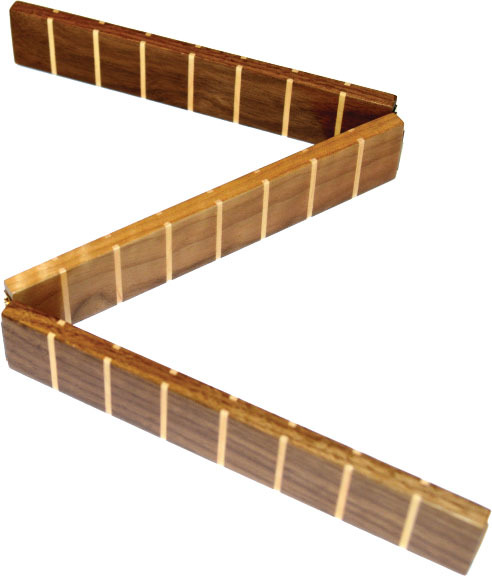
When the ‘day’ was being defined it was quite understandably based on the time it took for the sun to return back to the same position in the sky.
The reality is though, that this calculation was fundamentally flawed:
There are 360 degrees in a circle and 365 days in a year so the earth moves on about one degree around the sun each day.
In the day that it took the Earth to complete one rotation, it had moved almost one degree in its orbit around the sun. So when it was viewed to have rotated back to where it was previously ‘aligned’, it had to have turned a little bit further in order to reattain the same position and that’s four minutes extra!
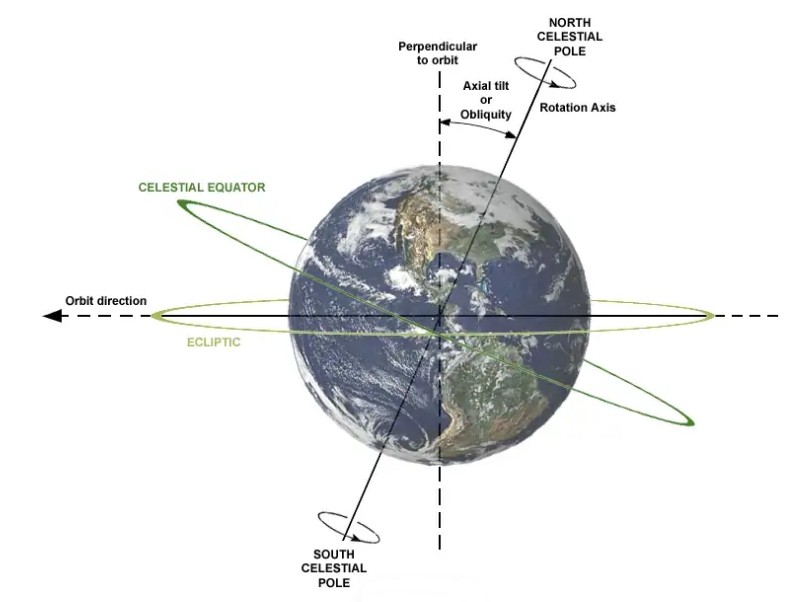
In addition, it seems that the Earth’s orbit is not actually circular, so sometimes we are closer to the sun and we travel faster and it turns out that the extra four minutes are not actually regular as we move further than our ‘expected’ fraction of a circle.
This means that the ‘Solar’ day changes throughout the year and sometimes it’s less than 24 hours and sometimes more, so 24 Hours is in fact an average.
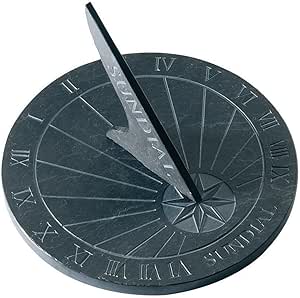
This means that sometimes the sun gets to its meridian a little before the hour of high twelve and dependant on your location this differential can be up to fourteen minutes.
You may have noticed that ‘professional’ sundials have calibration information called analemma, included to minimise inaccuracy introduced.
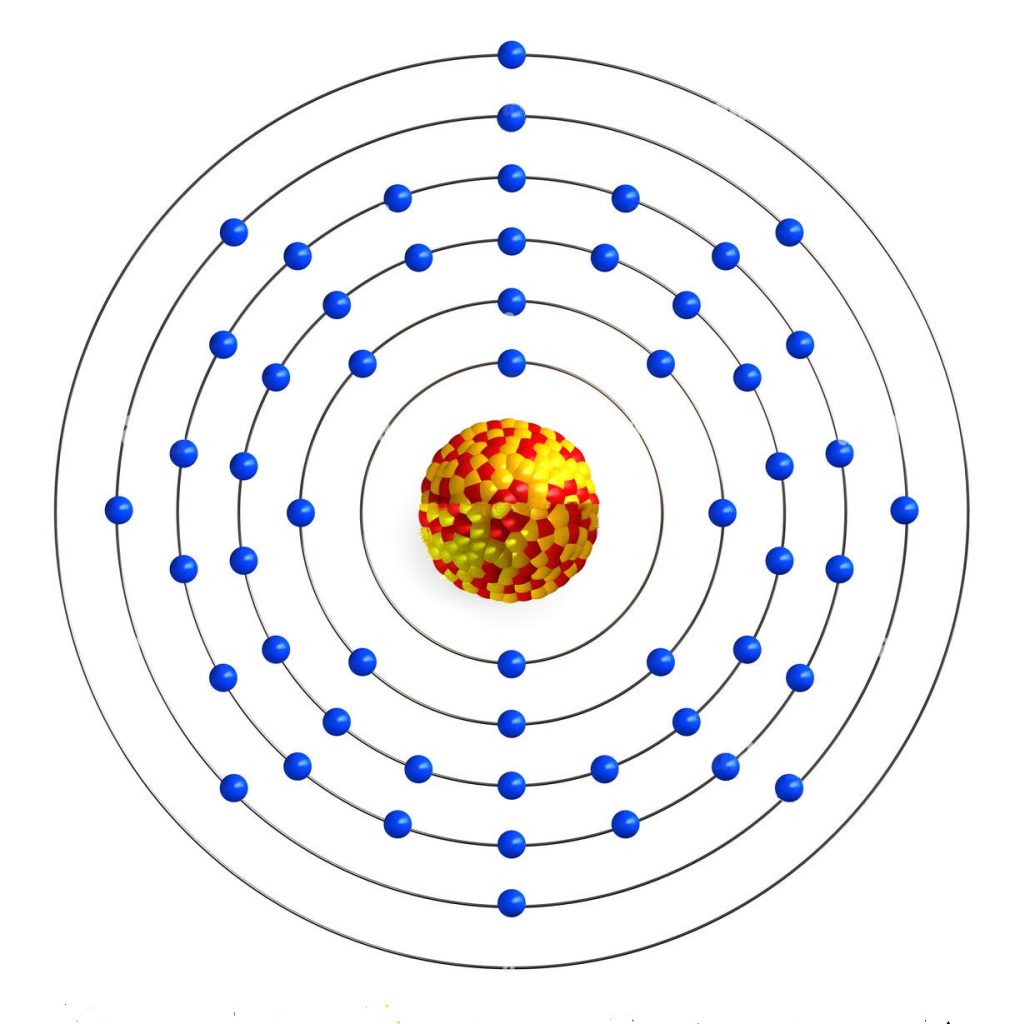
This indicates that the sun is perhaps not the best mechanism to allow us to accurately keep time and we now use the vibrations of a Caesium 137 atom to keep time. This accurate reference has, over a number of years, shown that the rotation of the earth is in fact slowing down, this being due to the resistance of the earth’s tides against the ocean floor and beaches.
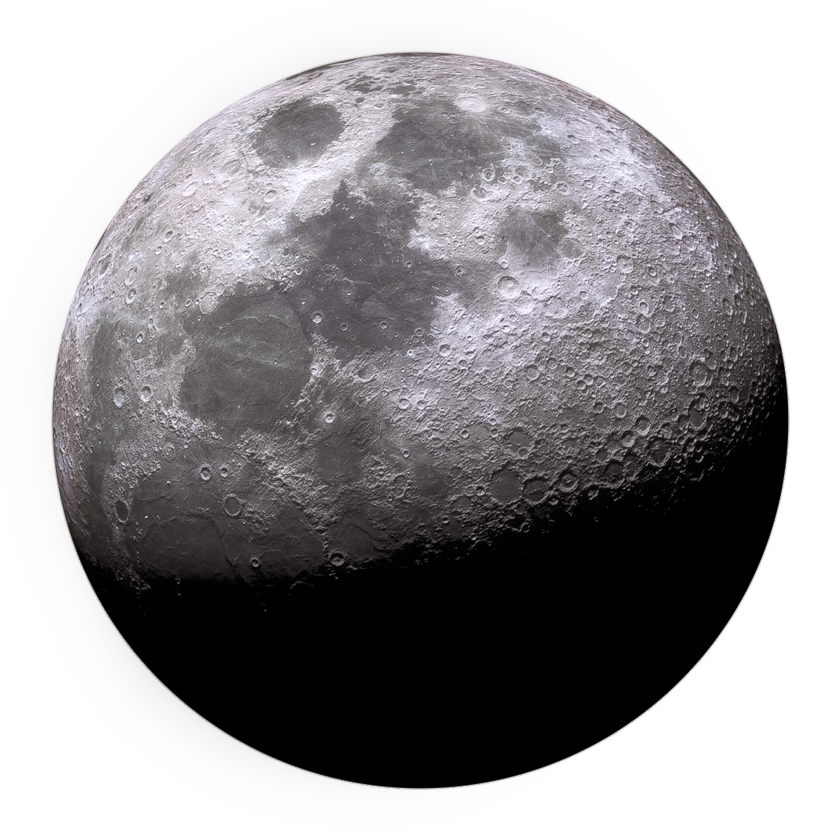
The moon’s rotation causes the tides by attracting our oceans, which are a massive body of water towards it. As the Earth is rotating faster than the moon is orbiting around us, the moon causes a small but measurable ‘brake’ on the Earth. By the same token, the earth is of course dragging the moon around itself which is slowly spiralling away from us by a couple of inches each year.
The way we adjust for these tiny anomalies is to introduce something called a ‘leap second’ which happens on 30th June, or 31st December.as and when measurement requires, but on average, although it can occasionally happen twice in one year, averages to around once every two or three years.
![]()
